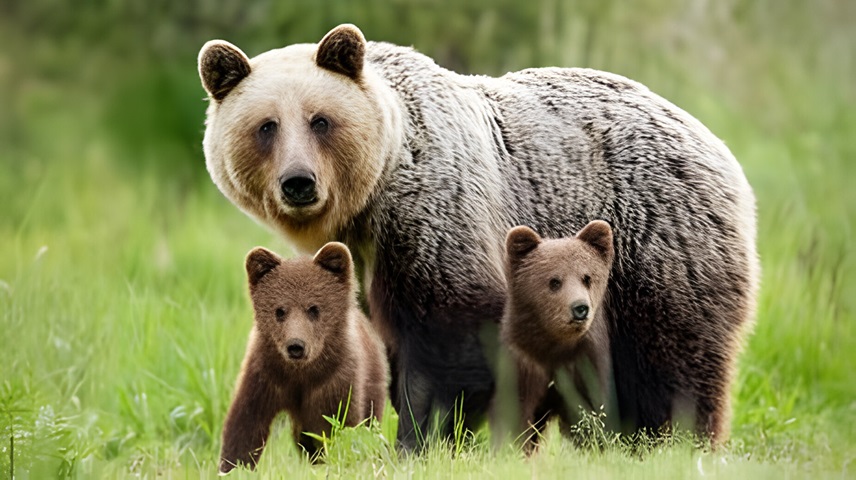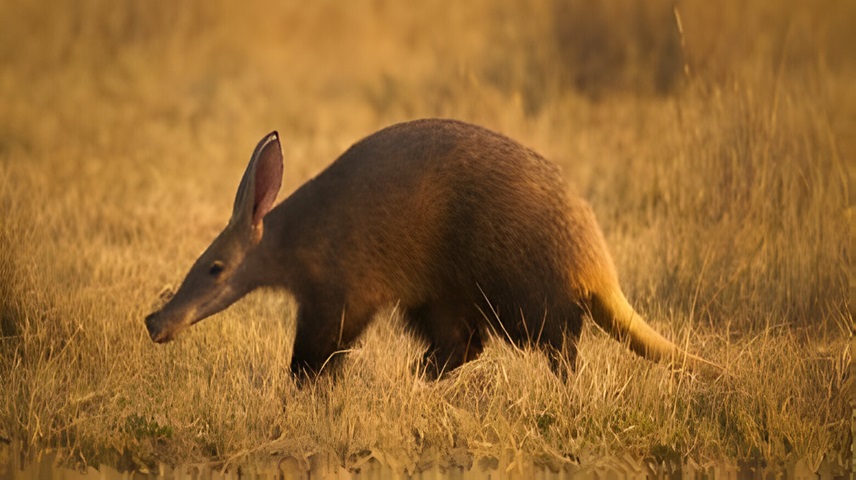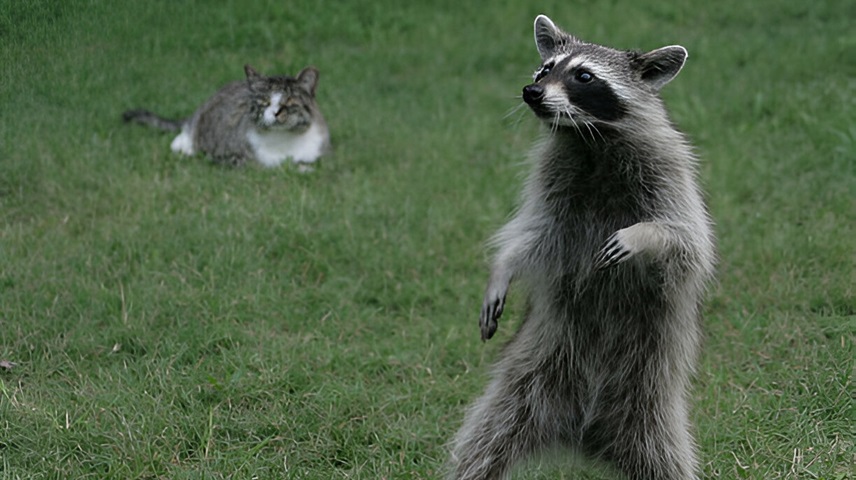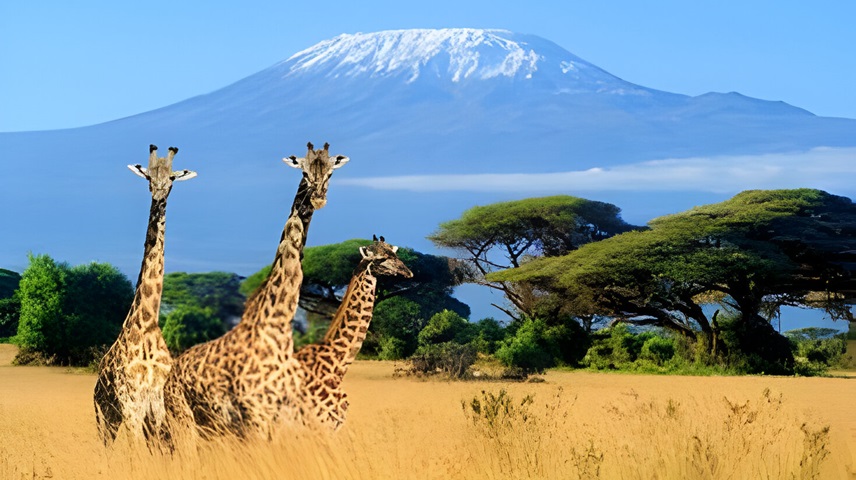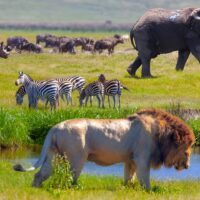Last Updated on February 22, 2025 by Mammals Life
Mammals are a fascinating and diverse class of animals that inhabit nearly every corner of the globe. They play crucial roles in ecosystems, from being top predators to vital prey species, and their adaptability to various environments is remarkable. This article aims to explore the different species of mammals around the world and their unique habitats. By understanding these animals and their environments, we can better appreciate their importance and the need to protect them.
Overview of Mammalian Diversity
Mammals are characterized by several distinctive features, including the presence of mammary glands, which females use to nurse their young, hair or fur, and three middle ear bones. They are divided into three main groups: Monotremes, Marsupials, and Placentals.
Monotremes are egg-laying mammals, with the platypus and echidna being the most well-known examples. Marsupials give birth to underdeveloped young that typically complete their development in a pouch; examples include kangaroos and koalas. Placentals are the most diverse group, giving birth to more fully developed young, and include species ranging from mice to whales.
Mammals have evolved over millions of years, adapting to a wide range of habitats and ecological niches. Their adaptability has led to an incredible variety of forms and behaviors, from the burrowing moles to the flying bats, showcasing the extensive evolutionary history of this class.
Mammals of North America
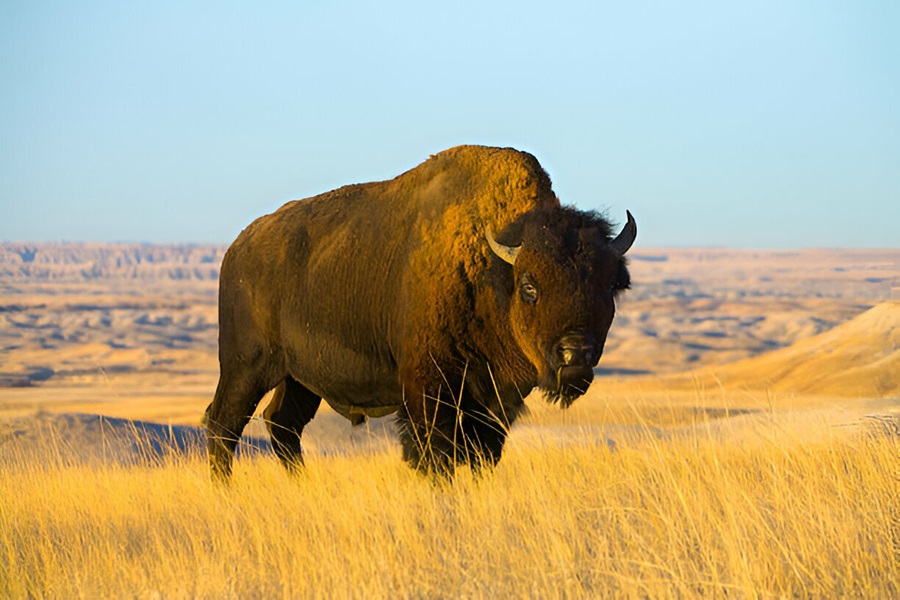
North America boasts a wide range of habitats, including forests, grasslands, deserts, and wetlands, each supporting unique mammalian species.
American Bison: Once roaming the Great Plains in massive herds, the American bison is a symbol of the American West. These large herbivores are well adapted to grassland habitats, where they graze on grasses and sedges. Their migration patterns historically shaped the prairie ecosystems.
Grizzly Bear: Found in the forests and mountains of North America, the grizzly bear is a formidable predator and omnivore. They feed on a variety of foods, from berries and roots to fish and small mammals. Their ability to hibernate helps them survive harsh winters.
Gray Wolf: The gray wolf is a highly adaptable predator that can thrive in diverse habitats, including forests, tundras, and deserts. They live and hunt in packs, which allows them to take down larger prey such as deer and elk.
Beaver: Known for their remarkable ability to alter landscapes, beavers are found in wetlands and rivers across North America. They build dams and lodges, creating ponds that provide habitat for numerous other species. Their activities are crucial for maintaining healthy wetland ecosystems.
Mammals of South America
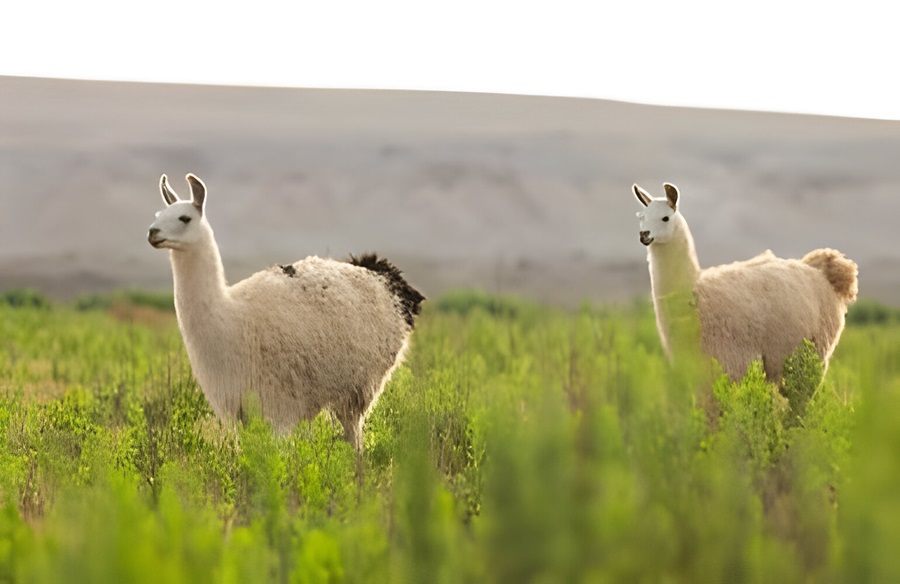
South America is home to a rich diversity of habitats, from the Amazon rainforest to the Andes mountains and the Pampas grasslands.
Jaguar: The apex predator of the Amazon rainforest, the jaguar is an elusive and powerful hunter. They have a varied diet, including deer, capybaras, and even caimans. Jaguars are excellent swimmers, which allows them to thrive in the wet rainforest environment.
Llama: Domesticated by ancient Andean cultures, llamas are well adapted to the high altitudes and harsh conditions of the Andes mountains. They are used as pack animals and for their wool. Llamas can graze on a variety of vegetation, making them versatile survivors in their mountainous habitat.
Capybara: The largest rodent in the world, the capybara is a social animal found in wetlands and rivers throughout South America. They are highly adapted to aquatic environments, with webbed feet for swimming and the ability to stay submerged to avoid predators.
Giant Anteater: This unique mammal is adapted to grasslands and savannas, where it uses its long, sticky tongue to feed on ants and termites. Giant anteaters have a keen sense of smell to locate their prey and large claws to break into ant nests.
Mammals of Africa
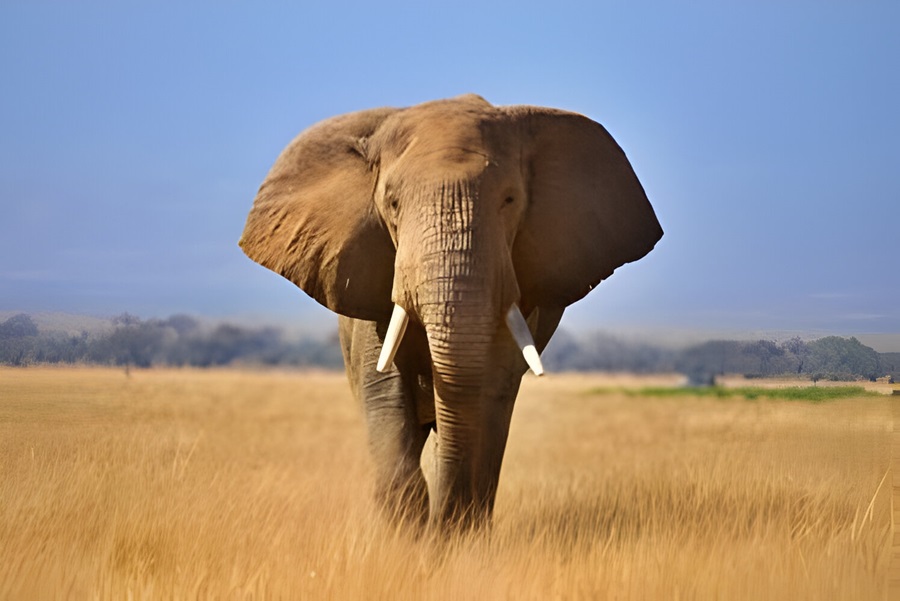
Africa’s diverse ecosystems, including savannas, deserts, rainforests, and mountains, support some of the most iconic and varied mammalian species.
African Elephant: The largest land mammal, the African elephant, is found in savannas and forests. Their long trunks and large ears are adaptations to their environment, helping them to feed, communicate, and regulate body temperature. Elephants play a crucial role in their ecosystems by shaping the landscape and dispersing seeds.
Lion: Known as the “king of the jungle,” lions inhabit grasslands and savannas. They live in social groups called pride and are skilled hunters, primarily preying on large herbivores such as zebras and wildebeests. Lions are top predators, maintaining the balance of their ecosystems.
Hippopotamus: Hippos are semi-aquatic mammals found in rivers and lakes across Africa. They spend much of their time in water to keep cool and protect their sensitive skin from the sun. Despite their bulk, they are agile in water and can run surprisingly fast on land.
Giraffe: The tallest land mammal, giraffes are well adapted to savannas and woodlands, where they feed on leaves high up in trees. Their long necks and legs allow them to reach food sources that other herbivores cannot. Giraffes’ unique adaptations also include specialized blood vessels to regulate blood flow to their brains.
Mammals of Europe
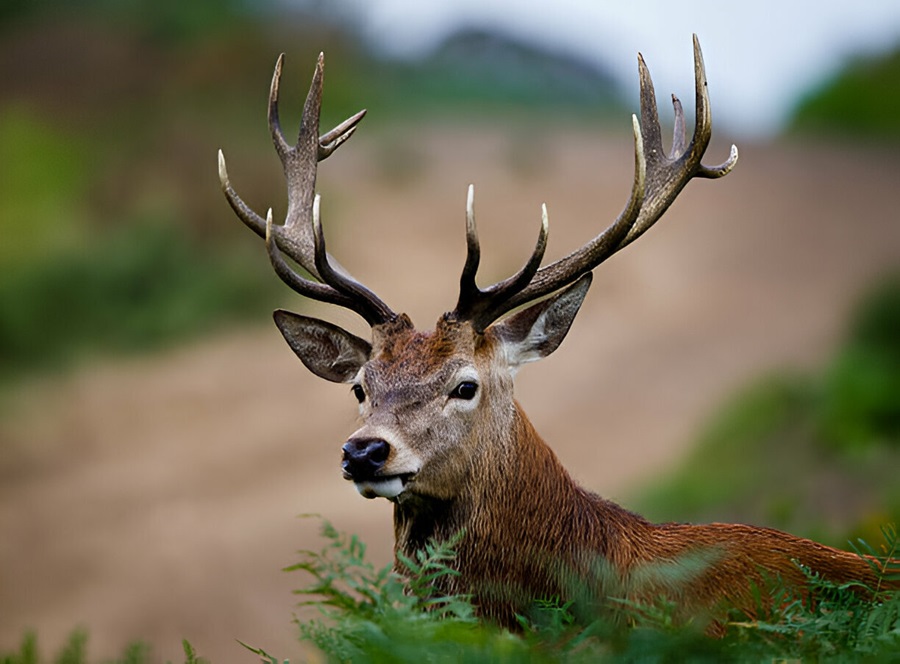
Europe’s habitats range from dense forests and high mountains to cold tundras, each hosting distinct mammalian species.
European Brown Bear: Found in forests and mountains, the European brown bear is a versatile omnivore. They feed on a variety of foods, including plants, insects, and small mammals. Their ability to hibernate helps them survive the winter months.
Red Deer: Common in woodlands and grasslands, red deer are one of Europe’s largest and most iconic mammals. They are social animals, living in groups called herds. During the mating season, males engage in elaborate displays and fights to attract females.
Eurasian Lynx: This elusive predator inhabits forests and mountains across Europe. The Eurasian lynx is a solitary hunter, preying mainly on deer and other small mammals. Their keen senses and stealth make them effective hunters.
Arctic Fox: Adapted to the cold climates of the tundra, the Arctic fox has thick fur and a compact body to conserve heat. They have a varied diet, including small mammals, birds, and carrion. During the winter, their fur changes color to blend in with the snowy environment.
Mammals of Asia
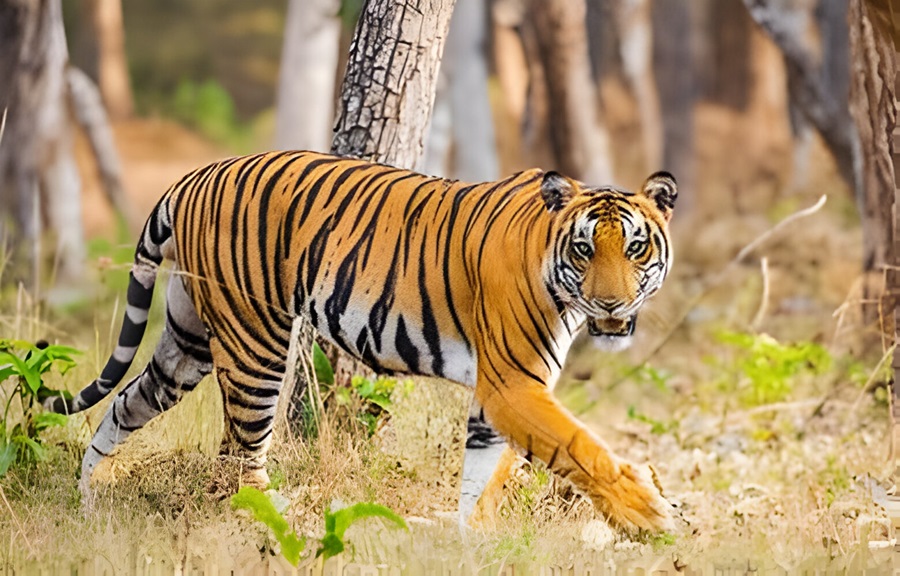
Asia’s vast and varied landscapes, from deserts and forests to mountains and grasslands, are home to a wide array of mammalian species.
Bengal Tiger: The largest tiger subspecies, the Bengal tiger, is found in forests and grasslands of India and Bangladesh. They are apex predators, primarily hunting large herbivores like deer and wild boar. Tigers are solitary animals, using their powerful bodies and stealth to ambush prey.
Giant Panda: Native to the bamboo forests of China, giant pandas are unique for their diet, consisting almost entirely of bamboo. Their large molars and strong jaw muscles are adaptations for eating tough bamboo stalks. Pandas are important for bamboo forest conservation, as their feeding habits help maintain the health of these ecosystems.
Snow Leopard: Inhabiting the high mountain ranges of Central Asia, snow leopards are well adapted to cold, rugged environments. They have thick fur, large paws, and powerful limbs to navigate steep terrain. Snow leopards primarily prey on mountain sheep and goats.
Bactrian Camel: Found in the deserts of Central Asia, the Bactrian camel has two humps and is well adapted to harsh, arid environments. They can withstand extreme temperatures and long periods without water. Camels have been used by humans for transportation and trade for centuries.
Mammals of Australia and Oceania
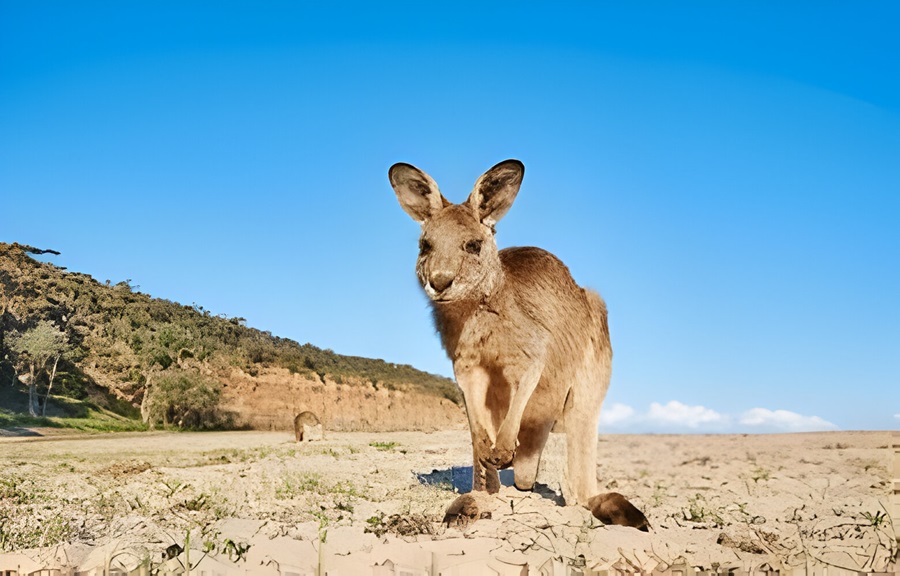
Australia and Oceania are known for their unique and diverse mammalian fauna, including many species not found anywhere else in the world.
Kangaroo: Iconic to Australia, kangaroos are adapted to grasslands and deserts. They use their powerful hind legs for hopping, which is an efficient mode of travel across vast distances. Kangaroos are social animals, often found in groups called mobs.
Koala: These tree-dwelling marsupials are found in eucalyptus forests. Koalas have specialized diets, feeding almost exclusively on eucalyptus leaves, which are low in nutrients and toxic to most other animals. Their slow metabolism allows them to digest these tough leaves.
Tasmanian Devil: Found in Tasmania, these carnivorous marsupials are known for their powerful jaws and aggressive behavior. Tasmanian devils feed on carrion and are important for cleaning up the environment. They are currently threatened by a contagious facial tumor disease.
Platypus: One of the few monotremes, the platypus, is found in rivers and freshwater bodies in eastern Australia. They have unique adaptations, including a duck-like bill, webbed feet, and the ability to detect electric fields produced by their prey. Platypuses lay eggs and nurse their young with milk.
Mammals of Antarctica
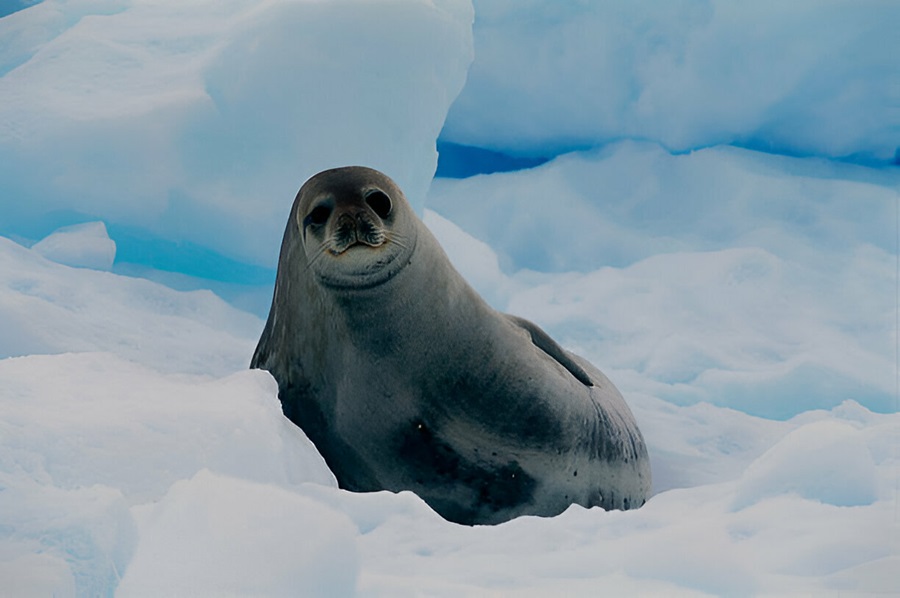
Despite its harsh conditions, Antarctica supports several unique mammalian species adapted to life in extreme cold.
Antarctic Fur Seal: These seals are found on the coastlines and ice floes of Antarctica. They have thick fur to insulate against the cold and are excellent swimmers, feeding on fish and krill. Fur seals play a critical role in the Antarctic marine ecosystem.
Weddell Seal: Known for their ability to live under the ice, Weddell seals create and maintain breathing holes in the ice. They feed on fish and other marine organisms, diving to great depths to find food. Weddell seals are well adapted to the cold, with thick blubber and a streamlined body.
Orca: Also known as killer whales, orcas are apex predators in the Antarctic marine environment. They hunt in packs, preying on seals, penguins, and even large whales. Orcas are highly intelligent and social animals, using complex communication and hunting strategies.
Blue Whale: The largest animal on Earth, the blue whale, migrates to the Antarctic waters to feed on krill. Despite their massive size, blue whales feed by filtering tiny krill through their baleen plates. Their presence is crucial for the balance of the marine food web.
Conservation Efforts and Challenges
Mammal conservation is of paramount importance due to the critical roles these animals play in ecosystems and the numerous threats they face.
Major Threats: Mammals are threatened by habitat loss, climate change, poaching, and human-wildlife conflict. Deforestation, urbanization, and agriculture are major drivers of habitat destruction, leading to the decline of many species.
Success Stories: Conservation efforts have seen successes, such as the recovery of the American bison and the rebound of elephant populations in some regions. Protected areas and national parks provide safe havens for many species, allowing them to thrive.
Ongoing Efforts: Anti-poaching initiatives, habitat restoration projects, and community-based conservation programs are crucial for protecting mammal species. International cooperation and policy frameworks, such as the Convention on International Trade in Endangered Species (CITES), play a vital role in regulating wildlife trade and protecting endangered species.
Conclusion
The diversity and adaptability of mammals around the globe are truly remarkable. From the dense rainforests of South America to the icy waters of Antarctica, mammals have evolved to thrive in a wide range of environments. Understanding and appreciating these animals and their habitats is essential for their conservation. By taking action to protect mammals, we ensure the health and balance of ecosystems and safeguard the natural heritage for future generations.
References
- National Geographic Society. (2024). Mammals. Retrieved from https://www.nationalgeographic.com/animals/mammals.
- Smithsonian National Museum of Natural History. (2024). Mammals Collection. Retrieved from https://naturalhistory.si.edu/research/vertebrate-zoology/mammals.
- International Union for Conservation of Nature (IUCN). (2024). Red List of Threatened Species. Retrieved from https://www.iucnredlist.org.
- World Wildlife Fund (WWF). (2024). Species Directory. Retrieved from https://www.worldwildlife.org/species/directory.
- BBC Earth. (2024). The Amazing World of Mammals. Retrieved from https://www.bbcearth.com.
- Encyclopaedia Britannica. (2024). Mammal. Retrieved from https://www.britannica.com/animal/mammal.

